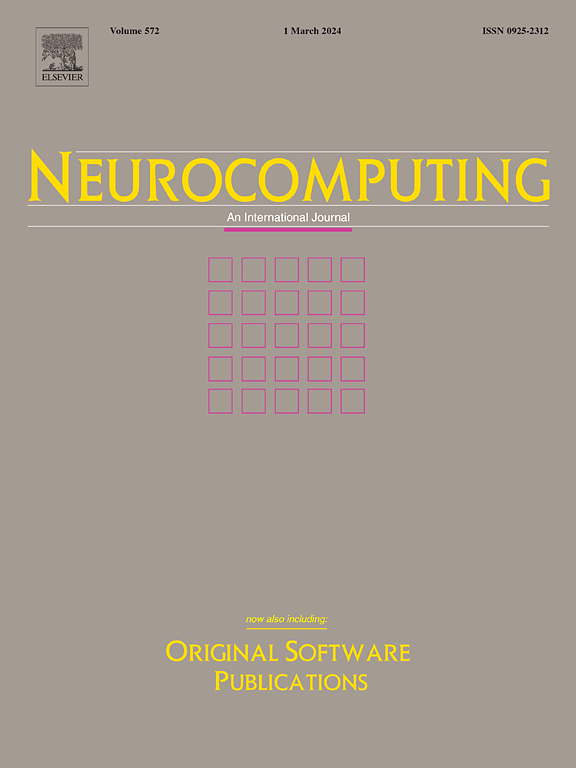A semi-supervised multi-task assisted method for ultrasound medical image segmentation
IF 5.5
2区 计算机科学
Q1 COMPUTER SCIENCE, ARTIFICIAL INTELLIGENCE
引用次数: 0
Abstract
The accurate segmentation of the left ventricle in echocardiography is critical for assessing cardiac function, but challenges such as blurred boundaries, high morphological variability, and limited annotated data hinder the performance of traditional methods. Recent advances in semi-supervised learning show promise in leveraging unlabeled data, yet existing techniques often rely on network or data-level perturbation, which may not fully exploit spatial and positional information essential for precise segmentation. To address these challenges, we propose a novel multi-task assisted semi-supervised segmentation framework. Our method combines segmentation, landmark detection, and image reconstruction into a unified model with a shared encoder and dual decoders. A feature cross-fusion module based on a cross-attention mechanism integrates features across tasks to enhance spatial and positional awareness. We have also introduced a contrastive learning mechanism to refine the segmentation boundaries, especially in areas where the edges are blurred. In addition, we utilize multi-scale supervision to better adapt the model to targets of different scales. The framework employs an exponential moving average student–teacher model to effectively utilize unlabeled data for training. Experiments on CAMUS and EchoNet-Dynamic datasets demonstrate that the proposed method achieves state-of-the-art performance, delivering near fully-supervised results with only 10%–20% labeled data. This highlights its potential for high-quality segmentation in low-annotation scenarios, outperforming existing semi-supervised learning methods.
超声医学图像分割的半监督多任务辅助方法
超声心动图中左心室的准确分割对于评估心功能至关重要,但边界模糊、形态学高度变异性和有限的注释数据等挑战阻碍了传统方法的表现。半监督学习的最新进展显示了利用未标记数据的希望,但现有技术通常依赖于网络或数据级扰动,这可能无法充分利用精确分割所必需的空间和位置信息。为了解决这些挑战,我们提出了一种新的多任务辅助半监督分割框架。我们的方法将分割、地标检测和图像重建结合到一个统一的模型中,使用共享编码器和双解码器。基于交叉注意机制的特征交叉融合模块集成了不同任务的特征,增强了空间和位置意识。我们还引入了一种对比学习机制来细化分割边界,特别是在边缘模糊的区域。此外,我们利用多尺度监督,使模型更好地适应不同尺度的目标。该框架采用指数移动平均学生-教师模型,有效地利用未标记数据进行训练。在CAMUS和EchoNet-Dynamic数据集上的实验表明,所提出的方法达到了最先进的性能,仅使用10%-20%的标记数据就能提供接近完全监督的结果。这突出了它在低注释场景下的高质量分割的潜力,优于现有的半监督学习方法。
本文章由计算机程序翻译,如有差异,请以英文原文为准。
求助全文
约1分钟内获得全文
求助全文
来源期刊

Neurocomputing
工程技术-计算机:人工智能
CiteScore
13.10
自引率
10.00%
发文量
1382
审稿时长
70 days
期刊介绍:
Neurocomputing publishes articles describing recent fundamental contributions in the field of neurocomputing. Neurocomputing theory, practice and applications are the essential topics being covered.
 求助内容:
求助内容: 应助结果提醒方式:
应助结果提醒方式:


